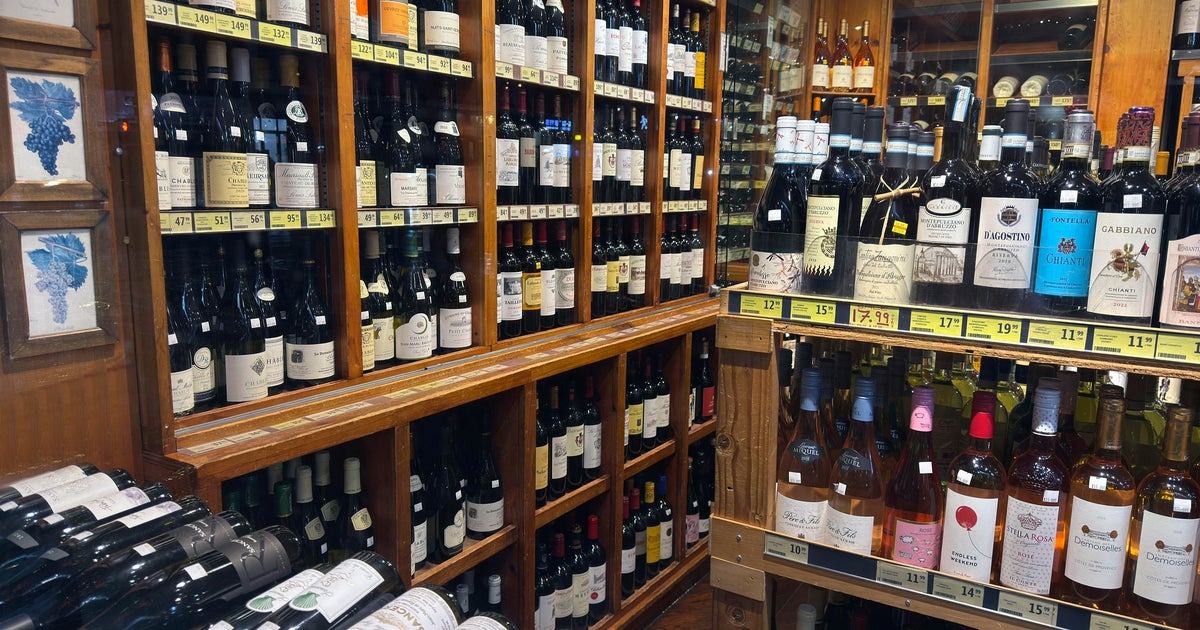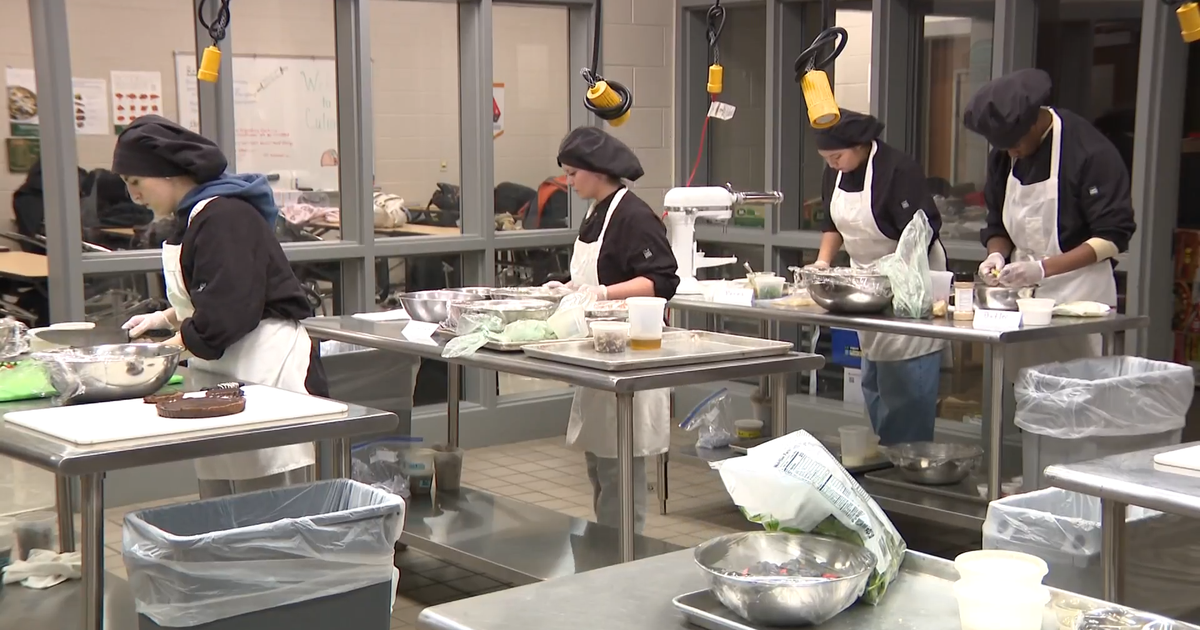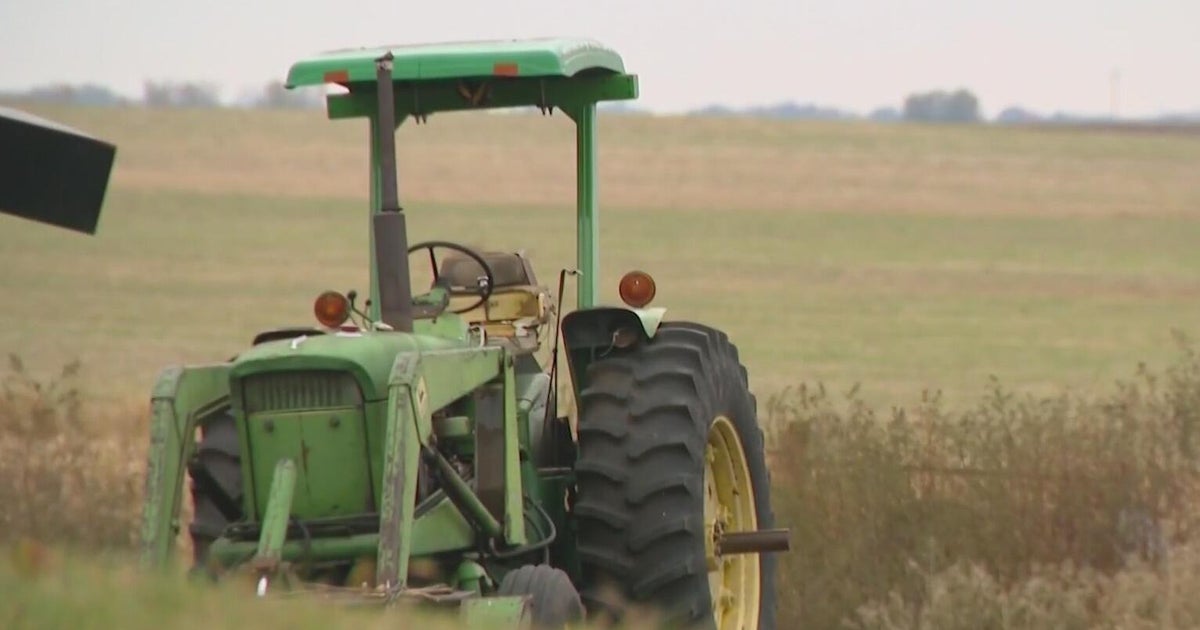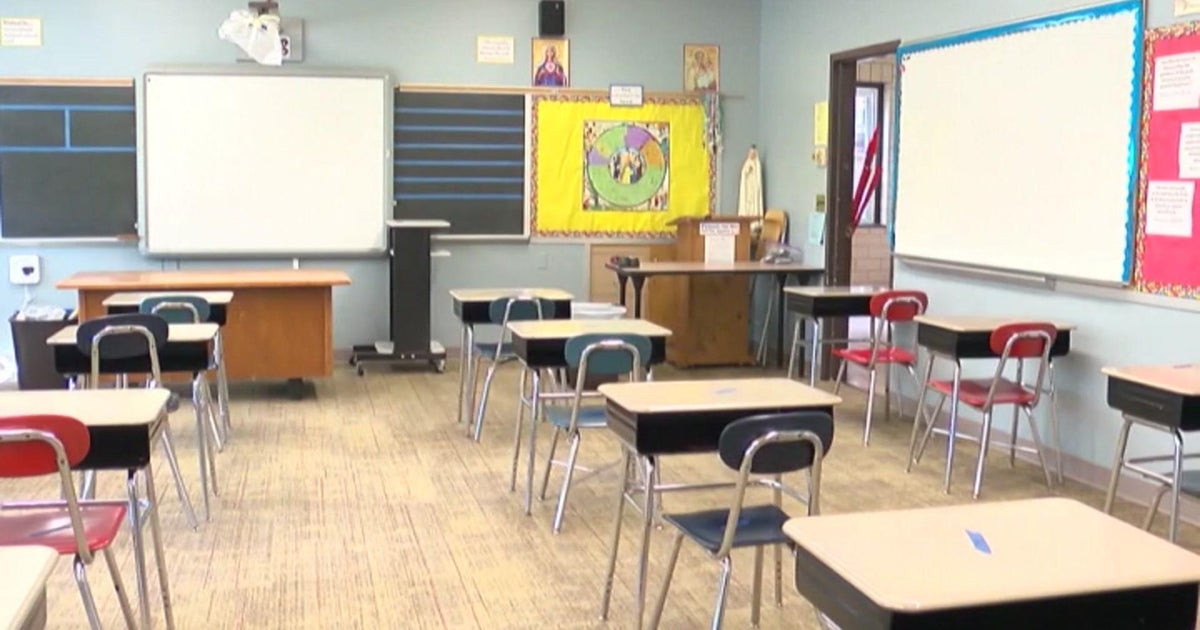Millennials prefer downing a hard seltzer to uncorking some wine
Wine is falling out of favor with American drinkers as lower-calorie — and more portable — alcoholic beverages like hard seltzer surge in popularity.
Wine consumption in the U.S. dipped for the first time in 25 years in 2019, according to research from IWSR, which tracks trends in the spirits, wine and beer industry. The decrease is a modern anomaly: The last year in which the volume of wine consumption in the U.S. dipped was in 1994, according to IWSR.
One growing sub-category is sparkling wine, used in cocktails like an Aperol Spritz. Americans consumed 4% more of the bubbly stuff in 2019 compared to a year earlier. But the larger "still" wine category dropped 1.5%, bringing the total volume of wine consumption down by nearly 0.9%, the data show.
Blame changing consumer tastes — namely, millennials — for moving the liquor industry away from wine and toward other drinks. Consumption of hard seltzer grew by a whopping 50% in 2019 and already makes up about 40% of the ready-to-drink products category.
Hard seltzer's convenience and relatively low calorie count appeal to the younger, health-conscious set.
"Generational shifts in consumption have been a major concern as baby boomers age out and millennials show more of a preference for spirits and hard seltzers," IWSR chief operating officer Brandy Rand said.
Some baby boomers, who for decades drove growth in wine sales, also have less disposable income as they retire or have health conditions that prevent them from consuming alcohol.
While the overall volume of sales was down, consumers shelled out more for premium-quality wines. The value of wine sales increased 1.1% to $38.3 billion last year, according to the IWSR data.
"This indicates that more premium wine products are doing well and driving value growth in the category," Rand said.
"People want to know what they are putting in their bodies. They are paying attention to quality and are willing to pay for quality," she added.
Higher-end wines have also become more approachable, helping to revive their appeal.
"Brands are more fun, labels are easier to understand and they are resonating with people who want to understand what they are drinking, versus being intimidated looking at a wall of wine that all looks the same," Rand said.
In need of an image overhaul
The wine category could benefit from a makeover, Rand said. "Wine needs to innovate. Canned and premium boxed wines have been positive for the industry and show growth, but smaller producers don't often have the budgets or scale to quickly bring new products to market."
Other industry watchers are less sure that enthusiasm for wine is waning. Industry veteran Jon Moramarco, who edits the Gomberg-Fredrikson Report on wine shipments in the U.S., said that wine sales continued to edge up last year, while acknowledging that demand is down from previous years.
One factor that could hit dent sales: tariffs. The Trump administration imposed a 25% levy on many European goods — including wine — and has threatened a tariff of up to 100% on European wine imports. Some importers say that would destroy their businesses by doubling the price of the wines they sell.







